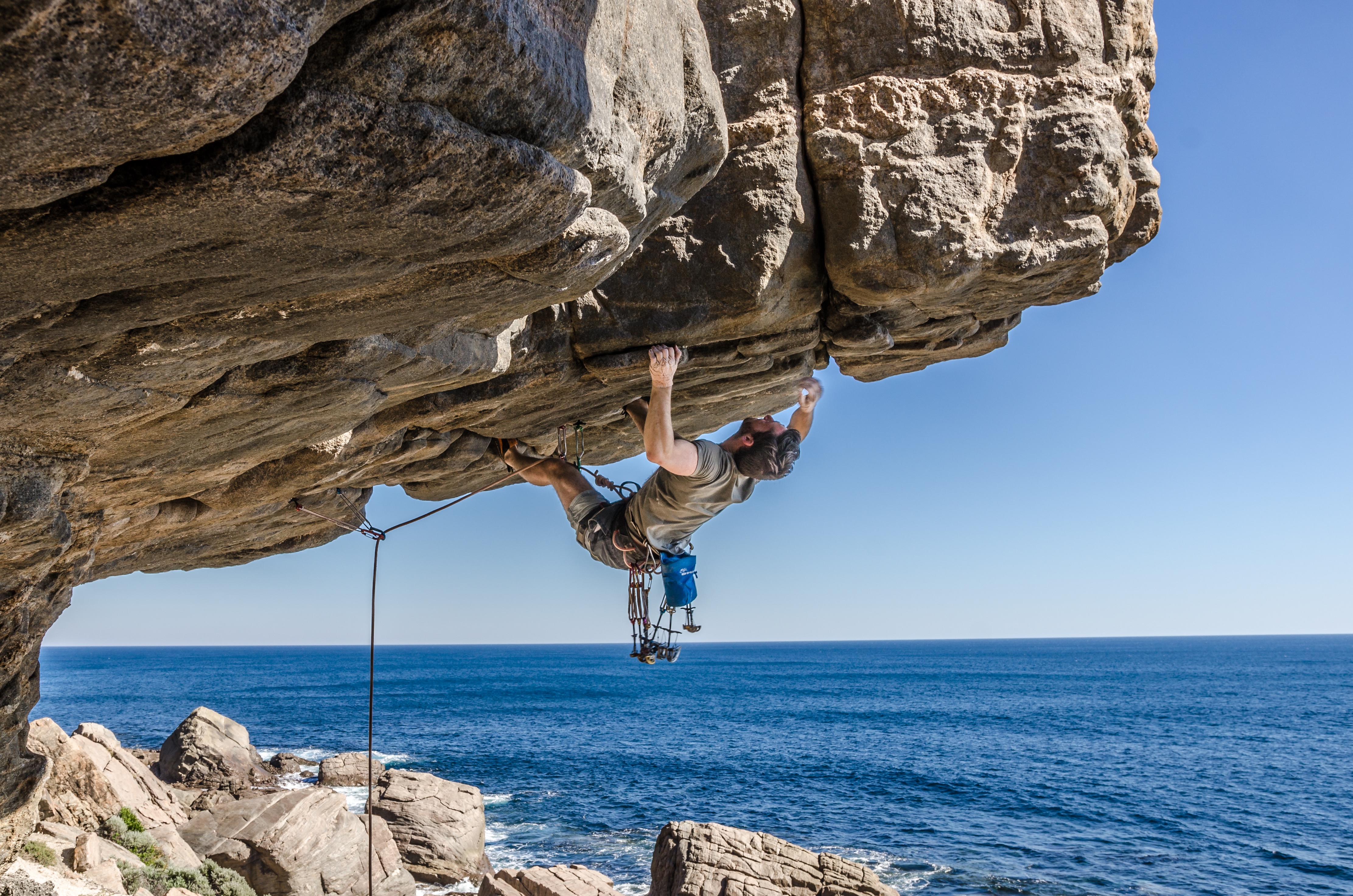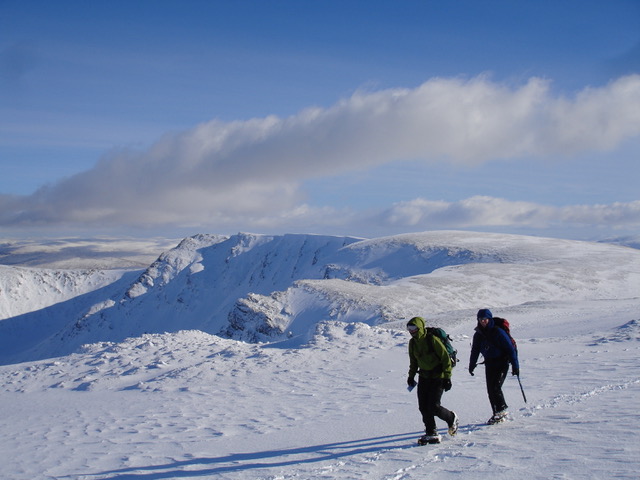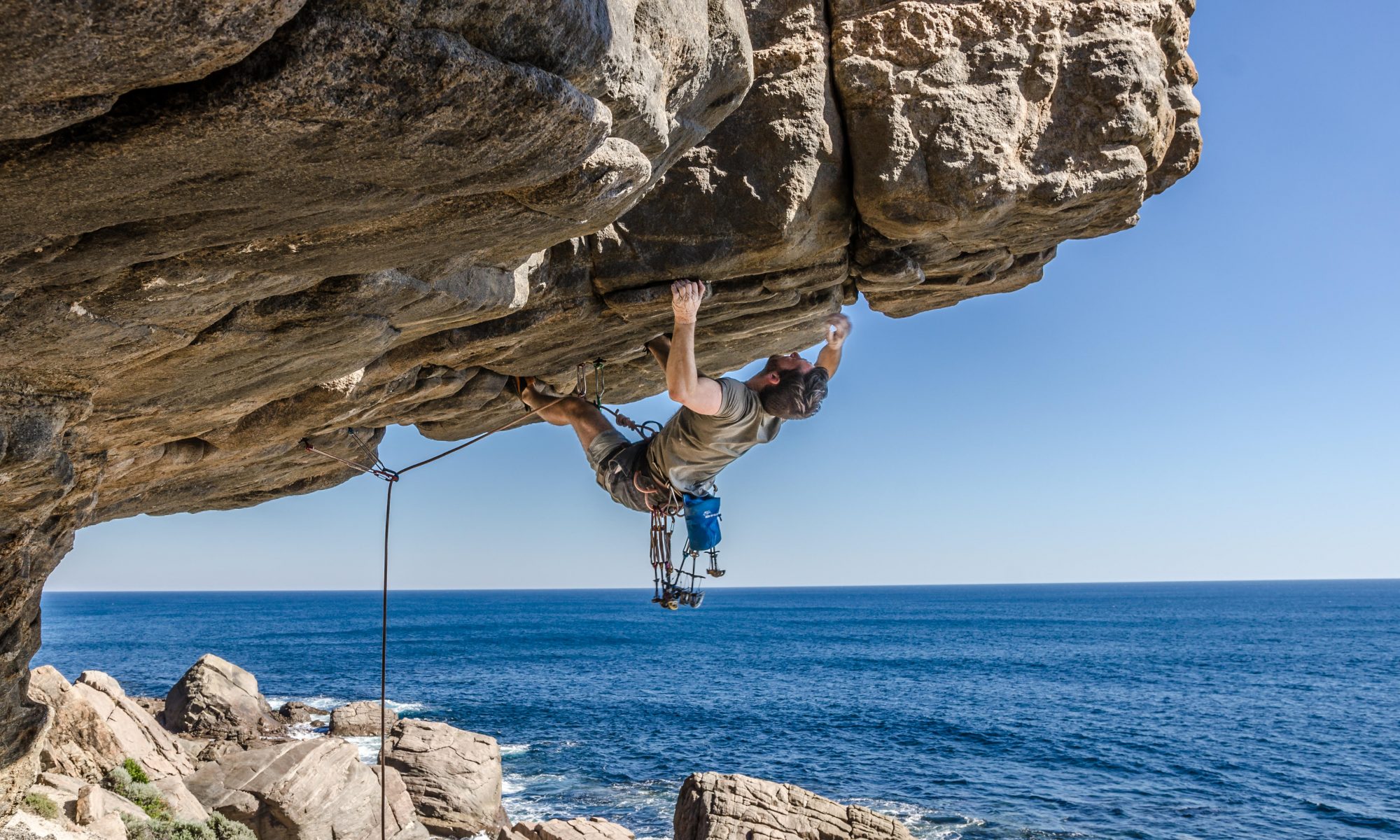Do we need to understand learning and coaching theories?
As a coach, how much do you think about theories of becoming skilful when you are making your coaching decisions?
Learning a new language
I remember being introduced to dynamical systems theory and ecological psychology in my undergraduate motor control lectures in the early ’90s and thinking that someone had just switched a light on for the first time. The concepts made so much sense; they were fascinating, exciting, intuitively simple, and reflected everything I saw in the natural world around me.
However, as I started trying to conduct my research in motor learning I found myself entangled in a hugely complex theoretical and mathematical web and having to learn what felt like a whole new language. The emergence of ecological dynamics (ED) as a coherent framework for understanding skill acquisition, and the constraints-led approach to guide practice design, has made the concepts much easier to embrace and use in research, coaching practice and designing learning contexts.
Do we need theories?
Unfortunately, we still can’t just open up an organism while they are developing skills and have a good look inside! So, we have to guess. And then rigorously test our guesses to see how accurate and useful they are. The theories we then choose to use will inform our expectations, our judgements and decision making as coaches, and our coaching behaviours.
Traditionally coaching practice has used information processing (sometimes called motor programming) theories to describe and understand how we learn to be skilful. The basic concepts and the language used are more established in our coaching literature and behaviour, and in our education systems. Because of this familiarity, many coaches will be more comfortable with the information processing approach and find it easier to understand.
In this article, we are going to delve a little deeper into the ecological dynamics (ED) approach.
Understanding skill development
All of you who coach, or participate in sports, will be familiar with aspects of an ecological dynamics approach already. You will also intuitively recognise it from everyday life, and may even use it in your coaching, although you may have not have put the words to it, or understand how it influences movement and learning.
Now, I need to be honest here and let you know that I am firmly in the ED camp. My views stem from over 30 years of practice and research into skill acquisition. I am also very aware of the great contributions that have been made by information processing research. And I will explore the information processing theories in another blog article.
Where do fluid dynamics and weather systems come into all of this?
‘Dynamical systems’ is a mathematical theory of complex systems (like people, not computer programmes or mechanical clocks). It emerged in the 1970s from the work of brilliant scientists like Edward Lorenz researching in the fields of long-term weather forecasting, and from researchers looking at the pesky problem of turbulence in fluid dynamics. Weather, and our waters do not behave like computer programmes or mechanical clocks; there are complexity and disorder in the atmosphere, in the turbulent seas and raging rivers. Knowing the relationship between two components in isolation doesn’t necessarily predict how they will behave in the system as a whole.
Tiny differences in initial conditions could dramatically change the behaviour of a whole system over time. This is where the term ‘the butterfly effect’ came from and the concept of ‘chaos’. Complex systems are not sequential or linear. And they don’t require ‘programmes’. But there is order in the disorder, and there are patterns and predictability in the chaos and we can use these to help us understand movement, coaching and learning.
Properties of complex systems
Two of the key properties of a complex system are that they are non-linear and self-organising. To understand these basic concepts, let’s look at how water behaves. When it rains heavily and your favourite river or mountain stream (or garden water feature) starts to rise, it does not just become a proportionally faster and bigger version of what it was in low water. Features appear, fluctuate, mutate, and disappear again.
There is no programme to specify when and how the features change, when a riffle becomes an eddy, or a wave, or a hole; they ‘self-organise’ within the constraints of the environment. Features form and emerge spontaneously due to the properties of the water molecules, the shape of the river bed, obstacles, water volume, atmospheric pressure, and any other contributing factor or constraint. A feature that is stable, even if only briefly, is known as an ‘attractor state’. As the constraints change, for example, water volume; the attractor states will become unstable before settling into new attractor states, or becoming chaotic.
River features are generally quite unstable attractor states. However, when water changes temperature, it also follows non-linear dynamics. At a definable temperature, it will evaporate and become steam, and a mountain stream will freeze and become climbable when cold enough. Most experienced mountaineers understand the constraints that are needed to make the conditions right for ice climbing. Ice is a more stable attractor state than a river eddy, but will still become unstable as it goes through a ‘phase change’ and melts to become water again. Precipitation will fall as snow instead of rain under different temperature constraints.

How can we compare the behaviour of water and rivers to human movement?
A simple example that illustrates non-linear dynamics in movement is how our gait changes when we move at different speeds. When a child walks faster a point is reached when the walking gait becomes less efficient and unstable and the child will spontaneously start to run. A horse with no rider to influence it will not simply walk faster and faster as it increases speed. A point will be reached within each gait when it becomes unstable and inefficient and the horse will ‘break’ into a different gait.
Just like the river, there is a non-linear relationship between speed and movement pattern that is the result of the constraints of the system. Even movement gaits will follow the ‘Ugly Curve’. The constraints of a movement system are the properties of things like the bones, joints, tendons, muscles, intentions and goals, motivation, skill level, and the supporting biological and neural systems. An increase in effort is required to override the spontaneous self-organisation of the gaits.
Another good example you will all be familiar with is the coupling of our limbs. They are ‘coupled’ or ‘constrained’ by neural and biomechanical properties to reduce the degrees-of-freedom available in our movement repertoire. This is evident when you try to uncouple them – like uncoupling your arms to pat your head and rub circles on your tummy at the same time. Or doing jumping jacks, and then changing the sequence of legs and arms to take them ‘out of phase’.
Uncoupling or using your limbs out of phase is more effortful and requires conscious focus and practice. If you speed up your ‘out of phase’ movements enough (unless well learnt) they will start to become unstable and then spontaneously go back ‘in phase’. In phase and out of phase are not different motor programmes but the result of self-organisation of our movement system. Becoming skilful involves releasing our movement degrees-of-freedom.
The problem with humans; perception, intention and motivation!
The concept of direct perception was proposed by James Gibson in the 1970s. He suggested that it didn’t make sense for us to have a ‘programme’ to translate perceptual stimuli like that received by the optic nerves in our eyes. Instead, he proposed that we have evolved over time to directly perceive the meaningful information in our environment.
We have evolved to detect the information that matters to our survival whether that is finding food, avoiding danger, finding shelter, comfort, or a mate. This is why we don’t see the same information in the environment as a bat or a shark. We don’t hear the same range of sounds as a mouse or an elephant. We are, as a species, attuned to the information in the environment that is meaningful to us, that supports us to develop affordances for movement and survival. We have evolved to move.

This concept of direct perception and developing affordances means that our perception and action are tightly coupled. This perception-action coupling is strengthened through learning and becoming more attuned to information available to us that is relevant for movement. A complete beginner looking at a section of a river will be looking at the same piece of water as an experienced paddler, but the experienced paddler will be seeing patterns and affordances in the water features that mean something to them in terms of movement choices that they can make. The beginner will probably be seeing a seething mass of random ‘noise’ that is complex, meaningless and even frightening.
The same principle applies to an experienced climber, football player, equestrian, or any other skilled performer. An experienced performer will be attuned to patterns and affordances not even perceived, or that are meaningless to a beginner. These affordances also change with movement. This suggests that skills that will be executed within a specific environment and linked to perceptual information should be learnt and practised in that environment. This is the idea behind using representative learning design (RLD).

As humans, our behaviour is obviously not just shaped by our environment and our genetic evolution. We have free will, we think, we choose to do things. We have past experiences and preconceptions, we are part of social groups, have motivation, inspiration, or lack of interest. We are complex adaptive systems.
Psychological and cognitive factors, whilst creating more complexity for coaches to think about, form some of the individual (organismic) constraints in skill acquisition. The key ones that influence the quality and quantity of energy that an individual puts into learning and performance are; intention, focus-of-attention, arousal and motivation. This is why motivation and self-determination are so important in coaching from an ED perspective. Motivation matters, intentionality matters, relationships matter.
More stable individual constraints include things that are easier to measure, like fitness, height, weight, body size and shape, right or left-handedness, injuries, and abilities.
What does all this mean to us as coaches?
Does all of this really matter? Our approach will have a dramatic influence on our coaching philosophies, our coaching practices, judgement and decision making. An information processing approach focuses on the reduction of errors and variability, internal representations, ideal technical templates, isolated practice of movement patterns that can then be transferred into different contexts.
ED focuses on interactions and relationships, emergent movement patterns and decision making, increasing movement variability (repetition of outcome, without repetition of movement pattern), releasing movement degrees-of-freedom, engaging and motivating, it recognises the uniqueness of every individual. It also gives a way of understanding the sometimes unintended consequences of what we do, of socio-cultural influences and other wider considerations.

Copyright remains with the author
References:
1. Brymer, E. & Renshaw, I. (2010). An introduction to the constraints-led approach to learning in outdoor education, Australian Journal of Outdoor Education, 14(2), pp 33-41.
2. Davids, Button & Bennett (2008). Dynamics of Skill Acquisition; A Constraints-led Approach, Kinetics.
3. Hardy, L and Fazey, J. (1987). The inverted-u hypothesis: a catastrophe for sport psychology and a statement of a new hypothesis. In Jones, G. and Hardy, L (1990), Stress and performance in sport, Wiley and Sons Ltd.
4. Gibson, J. J. (1979). The Ecological Approach to Visual Perception. Hillside, HJ: Erlbaum.
5. Gleick, J. (1988), Chaos: The amazing science of the unpredictable, Minerva.
6. Renshaw, I., Davids, K., and Savelsbergh, G. J. P, (Eds.) (2011) Motor learning in practice; A constrains-led approach. Routledge.
7. Schmidt, R. A., (1988). Motor control and Learning; A behavioural emphasis (2nd Ed). Human Kinetics.
8. Chow, J. Davids, K. Button, C. & Renshaw, I. (2016). Nonlinear pedagogy in skill acquisition: an introduction. Routledge, Oxon.
9. Renshaw, I. Davids, K. Newcome, D. & Roberts, W. (2019). The constraints-led approach: Principles for Sports Coaching and Practice Design. Routledge, Oxon.
10. Davies, M. & Davies, S. (2019). Developing adaptive expertise in exploration decision- making. SGA Conference Paper.
Discover more from Dynamics Coaching
Subscribe to get the latest posts sent to your email.


Great article thank you